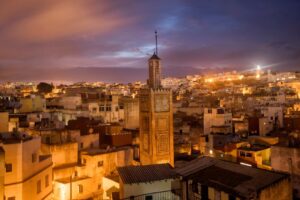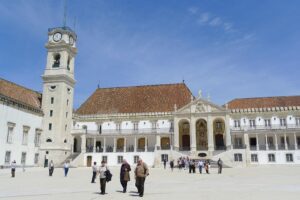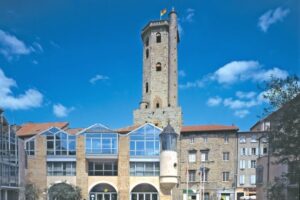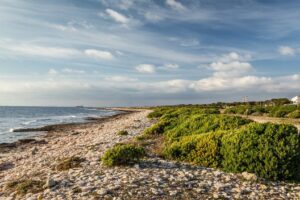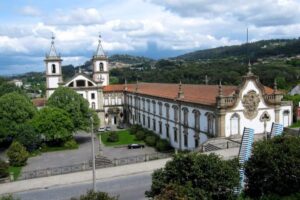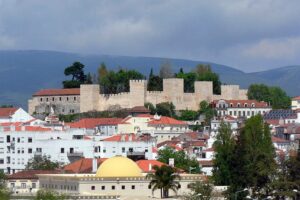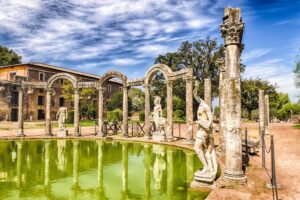Guidonia Montecelio (commonly referred to as Guidonia) is a municipality situated within the expansive metropolitan area of Rome in the province of Lazio. Formed by the amalgamation of the towns of Guidonia and Montecelio, the municipality is located to the east of Rome and boasts its own airport. Despite its population exceeding 88,000, numerous residents commute daily to the capital. Economically, Guidonia serves as a significant exporter of Travertine Limestone and Cement and has a robust service sector. Historical records suggest that the area was first referenced as early as 998, initially as a modest fortification; however, substantial development did not occur until the early 1900s when it evolved into a military base.
Read More




